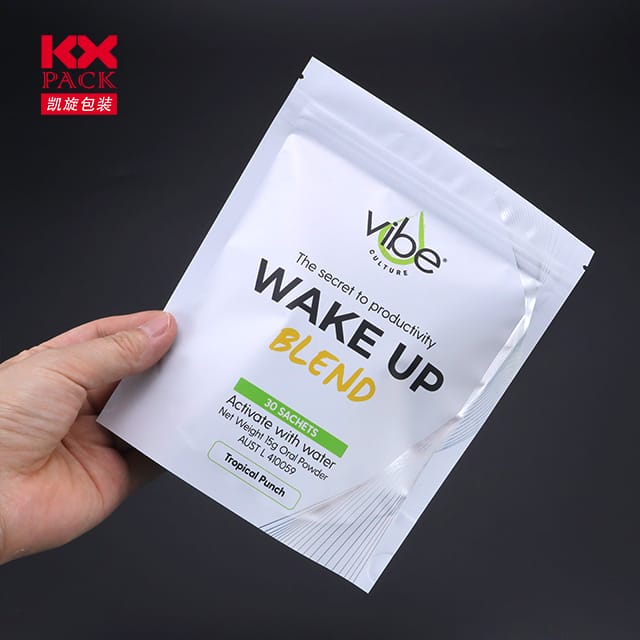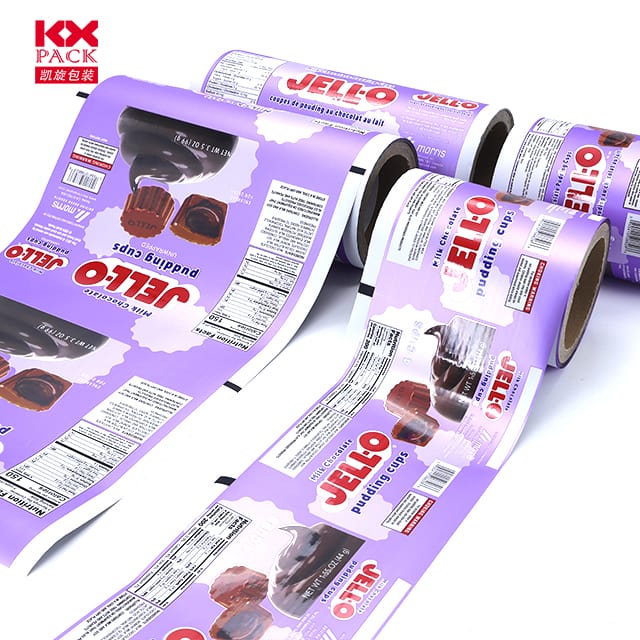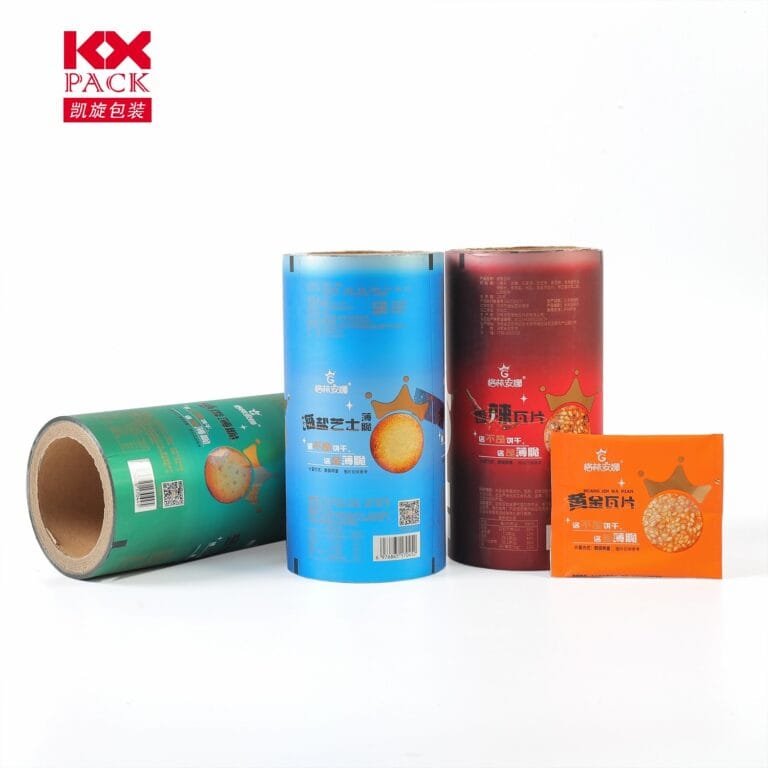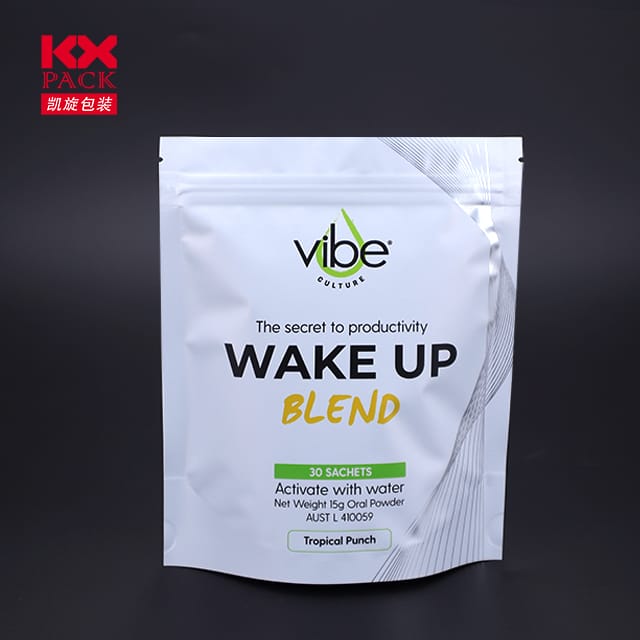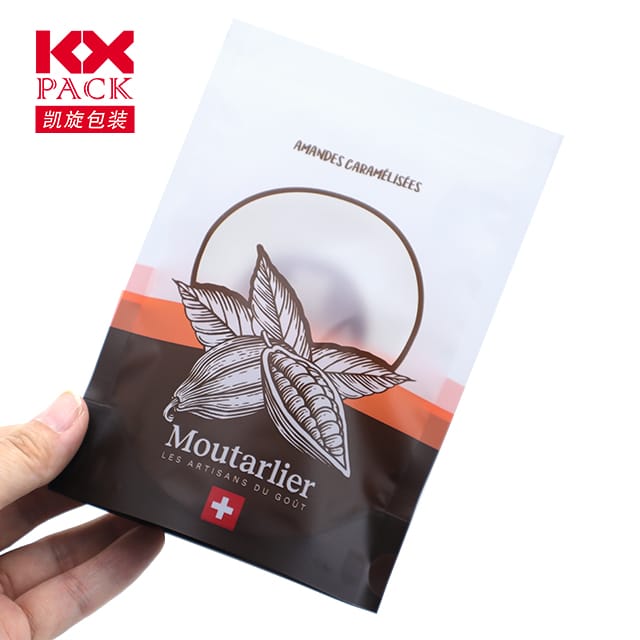The Evolution and Applications of Lamination Film: Un aperçu complet
Film de laminage
Dans le domaine de l'emballage, électronique, et fabrication industrielle, film de laminage se présente comme un matériau de pierre angulaire, offrir une durabilité, protection, and enhanced functionality. Ce matériau polyvalent, composed of multiple layers bonded together through specialized processes, has revolutionized industries ranging from food packaging to advanced electronics. Let’s delve into the world of lamination film, exploring its types, applications, et les tendances futures.
Qu'est-ce que le film de laminage?
Lamination film refers to a composite material created by bonding two or more layers of film—often polymers, metals, or paper—using heat, pression, or adhesives. The resulting structure combines the strengths of each layer, such as heat resistance, moisture barrier properties, or optical clarity. Par exemple, a common configuration might include a polyester base layer coated with a heat-sealable adhesive, providing both strength and printability.
Key Types of Lamination Films
- ANIMAUX (Polyéthylène téréphtalate) Films:
- Connu pour leur transparence, résistance à la chaleur, and chemical stability, PET films are widely used in food packaging, étiquettes, and electrical insulation.
- Variants like PET metalized films add a reflective layer for enhanced barrier properties, ideal for snack packaging or pharmaceutical blisters.
- Bopp (Polypropylène orienté biaxialement) Films:
- BOPP films are prized for their moisture resistance, clarté, et la rentabilité. They are commonly used in snack packaging, magazines, and laminated documents.
- Brillant et finitions mates cater to aesthetic and functional needs, such as anti-glare labels or premium packaging.
- Films de barrière:
- Ces films, often multi-layered, include aluminum or EVOH (Alcool éthylène vinyle) layers to block oxygen, humidité, Et léger. They are critical in extending the shelf life of perishable goods like coffee, viande, et produits pharmaceutiques.
- Films de spécialité:
- Anti-static films prevent electrostatic discharge in electronics packaging.
- Security films incorporate holograms or UV-reactive inks for brand protection and anti-counterfeiting.
Industrial Applications
- Food and Beverage Packaging:
- Lamination films safeguard products from moisture, oxygène, et dommages physiques. Par exemple, un metalized PET film might be laminated with a sealant layer to create airtight pouches for coffee or nuts.
- Médicaments:
- High-barrier films ensure the sterility and stability of medications. Blister packs, par exemple, often use PVC/PVDC/Aclar laminates to protect tablets from humidity and light.
- Électronique:
- In PCB (Printed Circuit Board) fabrication, dry film laminates act as photoresists, enabling precise circuit patterning. En outre, flexible printed circuits (FPCs) rely on ultra-thin lamination films for durability and bendability.
- Printing and Graphics:
- Laminated posters, menus, and ID cards benefit from enhanced durability and UV resistance. Par exemple, un PET laminate might be applied to a printed substrate to protect against fading and scratches.
- Construction and Automotive:
- Films with high tensile strength and weather resistance are used in solar panels, automotive glazing, and architectural membranes.
Avancées technologiques
- Durabilité: Manufacturers are developing biodégradable et recyclable lamination films to reduce environmental impact. Par exemple, PLA-based (acide polylactique) films offer a compostable alternative to traditional petroleum-based plastics.
- Films intelligents: Les technologies émergentes incluent thermochromic et photochromic laminates that change color with temperature or light exposure, Ouverture des portes pour un emballage interactif.
- Nano-Layer Coatings: Ultra-thin layers of alumina or silica improve barrier properties without adding bulk, crucial for lightweight, high-performance packaging.
Market Trends and Challenges
- The global lamination film market is projected to grow steadily, driven by demand for sustainable packaging and advanced electronics. Cependant, Des défis restent:
- Cost Pressures: Raw material price fluctuations and energy costs impact profitability.
- Conformité réglementaire: Stringent food safety and environmental regulations necessitate continuous innovation.
- Concurrence des alternatives: Rigid plastics and aluminum foil pose competition in certain applications.
Conclusion
Lamination film is more than just a protective layer—it’s a technological marvel that enhances product safety, esthétique, et les fonctionnalités. À mesure que les industries évoluent, so too will lamination films, with advancements in sustainability, smart materials, and nano-engineering paving the way for the next generation of solutions. Whether in a snack bag, a smartphone screen, or a solar panel, lamination film continues to prove its worth as an indispensable material in modern manufacturing.
Stay tuned for more insights into the world of advanced materials and their role in shaping a sustainable future. 🌍✨

